We are most familiar with the white faced squirrel, distributed in forests from 1,000 meters to 3,000 meters above sea level, usually appearing alone in the canopy to forage for food. And know how to use updrafts to glide, with the most important feature being that the front half of the head is pure white, the orbits are reddish-brown, and the limbs and ventral surfaces are also white.
Contents
Physical Characteristics of the White faced Squirrel
The White faced Squirrel is a beautiful large squirrel. The head and body are 35 to 43 centimeters long, the tail is 44 to 48 centimeters long, and the adult weighs about 1,200 grams.

The head and face are rounded, with large bright eyes and a short blunt snout. The head and back of the body are dark russet, the face and belly are pure white, and the tail is very long and dark brown, with the end of the tail being white in some individuals.
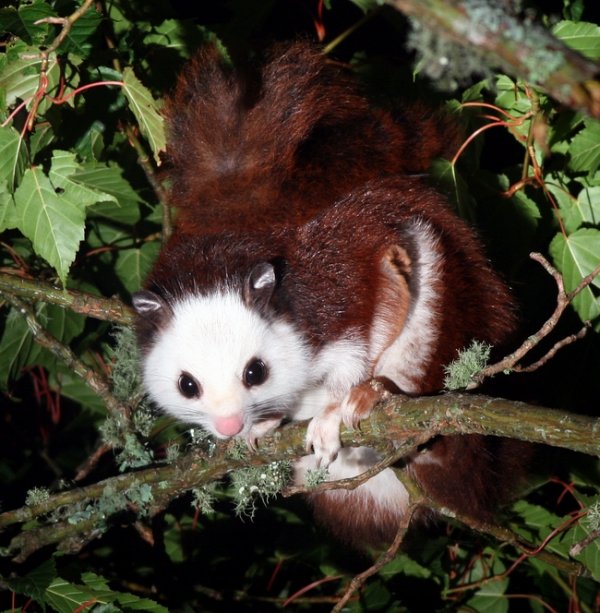
Large fimbriae extending from the forelimbs to the condylar joints of the hind limbs. Dentition: incisors 1/1, canines 0/0, premolars 1/1, molars 3/3. total teeth = 20.
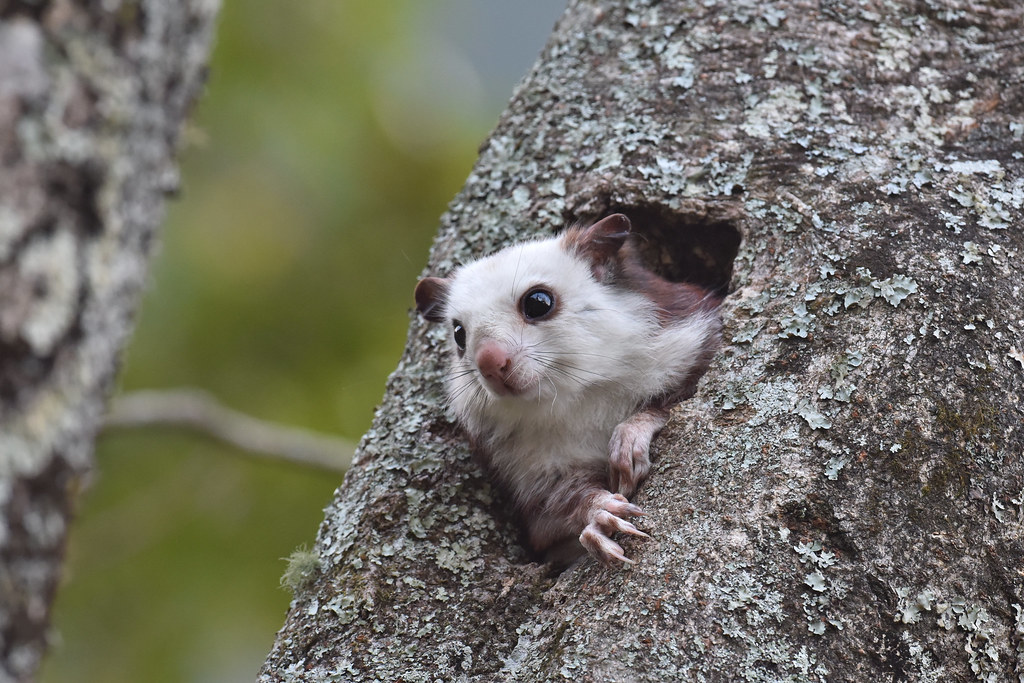
Habitat of the White faced Squirrel
Lives in the rocky caves or crevices in the rocky steep walls of the high mountains with pine and cypress trees in a nest shaped like a bird’s nest, lined with twigs, weeds and so on. Sleeping in the nest during the day, early in the morning or at night to go out activities, good climbing, can glide.
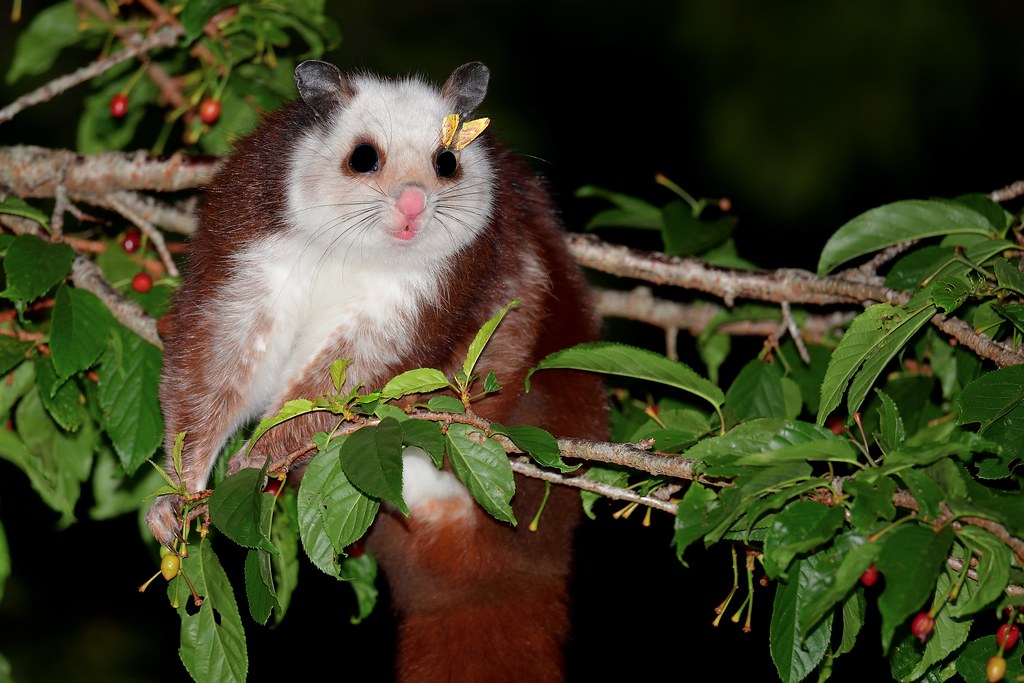
The White faced Squirrel feeds on the leaves of pine and cypress trees, especially on cypress seeds. Breeding 1-2 times a year, each time 2-4 children young children were born hairless, but the skin membrane and for obvious.
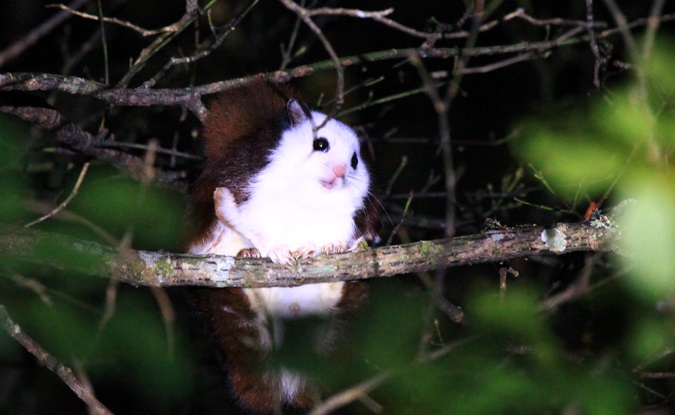
White faced Squirrel capture and site preparation
The best time to catch White faced Squirrels is September to November, which can avoid unfavorable conditions, as well as avoid accidentally injuring pregnant females and catching young animals that can’t forage independently to reduce deaths.
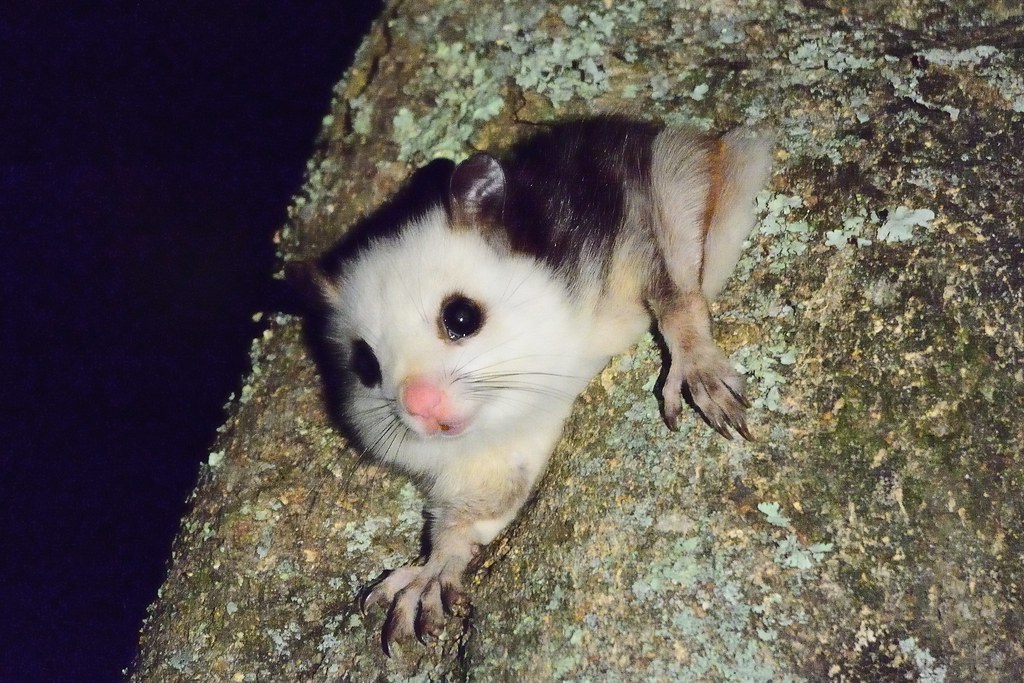
The establishment of the feeding room should take into account the habits of squirrels, and it is more appropriate to feed them in earthen kilns, which are warm in winter and cool in summer. Indoors with wooden boards, cardboard boxes or brick billets built into a 60 cm long, 30 cm wide and high feeding box, easy for squirrels to live alone, inside the bedding grass.
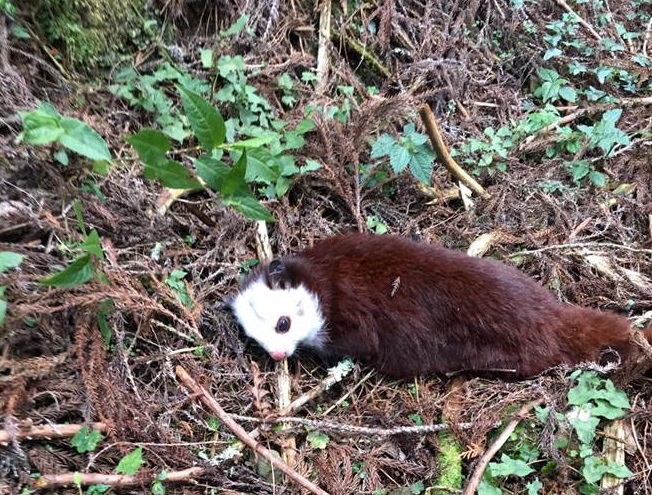
Inside the higher part of the room, there is a fecal plate, and erect a few wooden pillars, so that squirrels can move up and down easily. In the corner of the room put a shallow container of water, so that squirrels drink water.
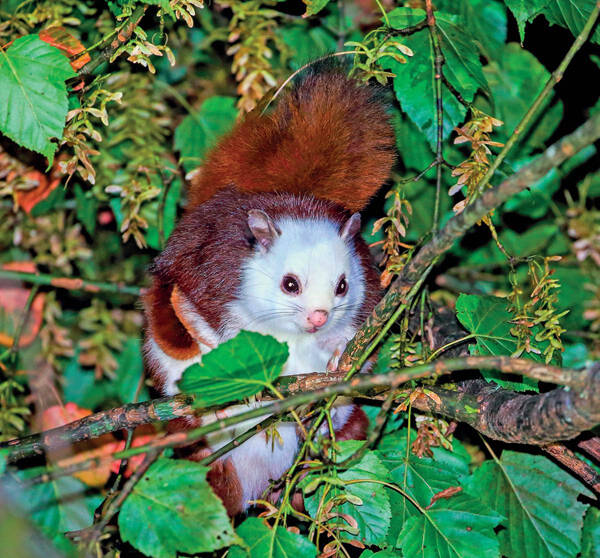
Feed for White faced Squirrels
The White faced Squirrel is a plant-eater in the wild, mainly eating a variety of leaves and seeds. In the domesticated conditions can also eat a variety of fruits, boiled cornmeal, and give a small amount of salt or concentration of 1% 2% of light saline, can enhance the body and resistance to disease.
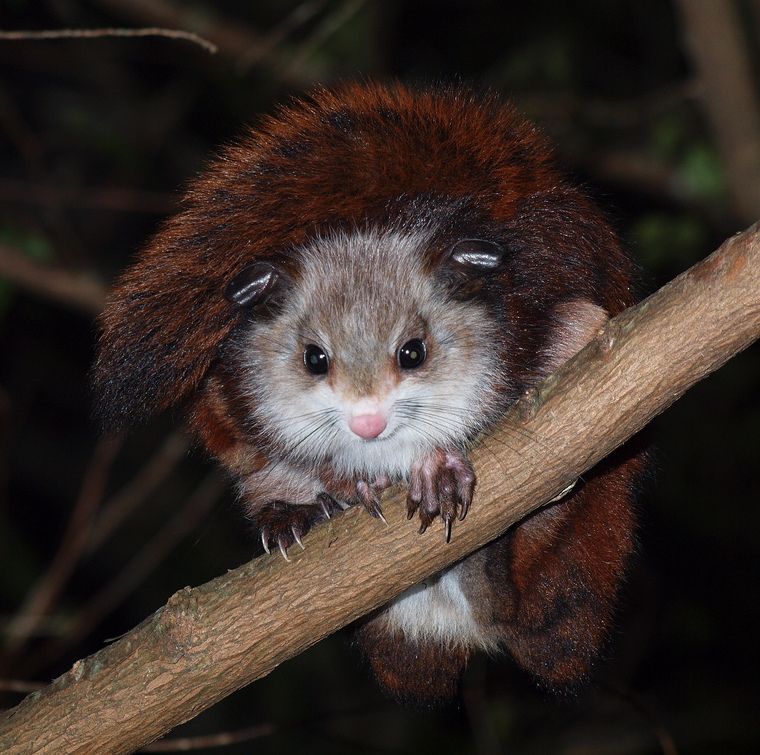
Adjusting the feed of squirrels at the right time can increase appetite. In 1-2 months before the estrus to pregnant to lactation period, feed some vitamin-containing food, such as radish, pear, mountain fruit and so on, the squirrels of the estrus, mating, litter and the growth and development of the litter is beneficial.
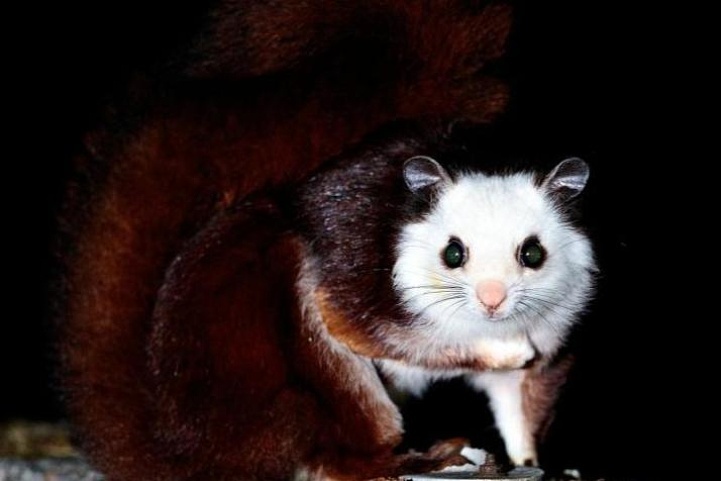
Breeding technology of White faced Squirrels
There are 3 methods of artificial rearing of squirrels: box rearing, cage rearing and cave rearing. Feed cypress leaves, young skin, young branches and some insects. In winter, pay attention to keep Ken, summer heat prevention, and timely supply of clean cold water. Try to create activity conditions for it to increase the amount of feces. Prevent damage from natural enemies such as cats, mice and skunks, and various kinds of carnivorous raptors.
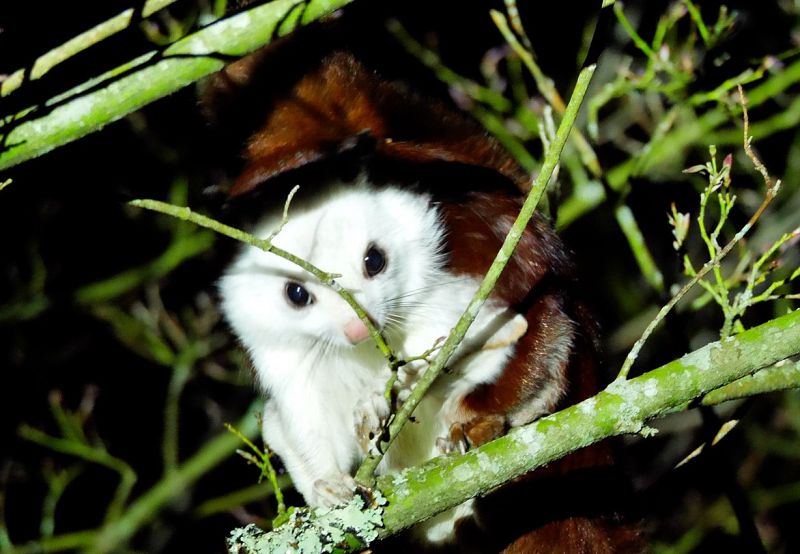
Breeding management of White faced Squirrels
The estrus period of squirrels usually starts from late December to mid-January of the following year, about one month. At the beginning of estrus, squirrels chase each other and call, and at this time, both male and female genitals are turned out and red. After 1-4 days, they can mate on their own, and can mate several times in a row within a few hours.
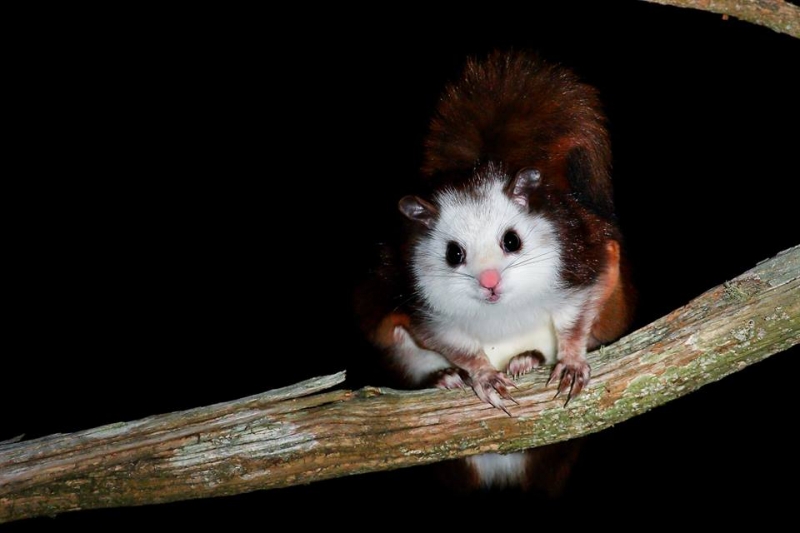
When mating, male and female squirrels in heat must reach orgasm at the same time before fertilization, otherwise bites and other phenomena will occur. If the female squirrel is not fertilized and pregnant, she will have to come into heat a few days later and mate again.
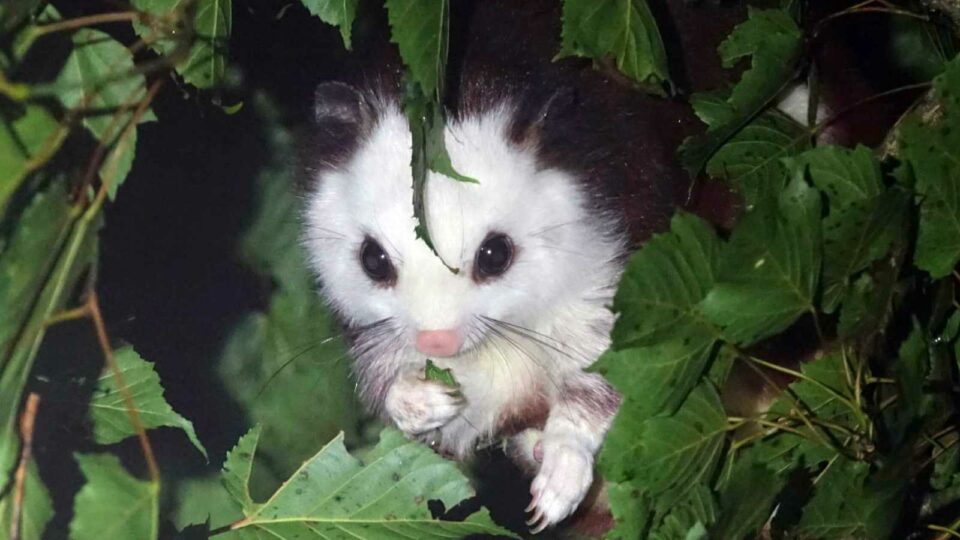
After mating, the female squirrel will give birth in about 70-90 days. Laying occurs mostly at night. The entire colony of squirrels can give birth from early March until late April for about 2 months. The pups open their eyes after 1 month, start to grow hair in 40 days, and gradually leave their mothers to go out.
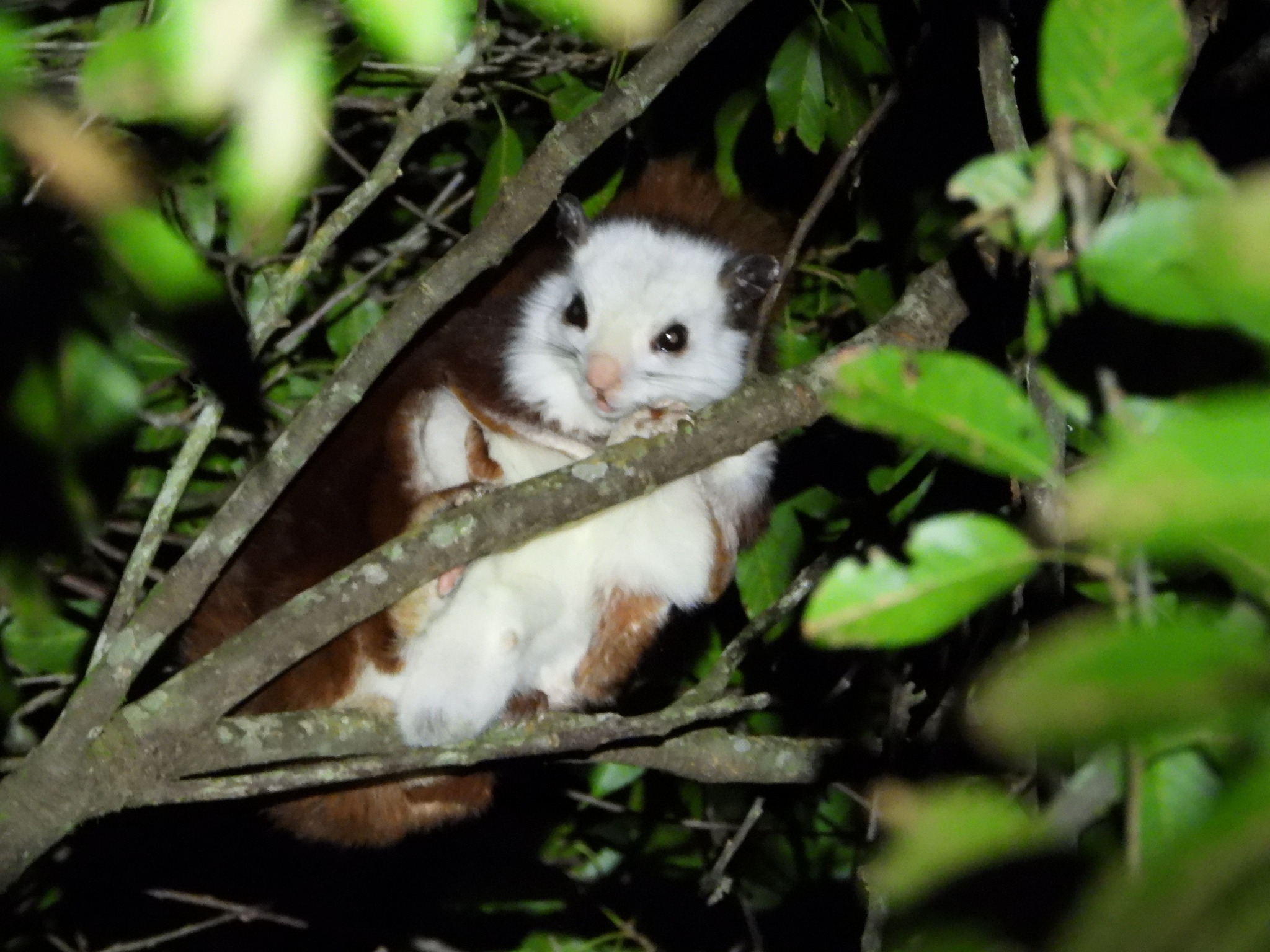
The lactation period is generally 100-120 days, and some can be as long as 150 days. Female squirrels give birth once a year, 1-3 per litter, female squirrels can generally breastfeed 2 young, more than the young can be taken out and find another female squirrels to raise.
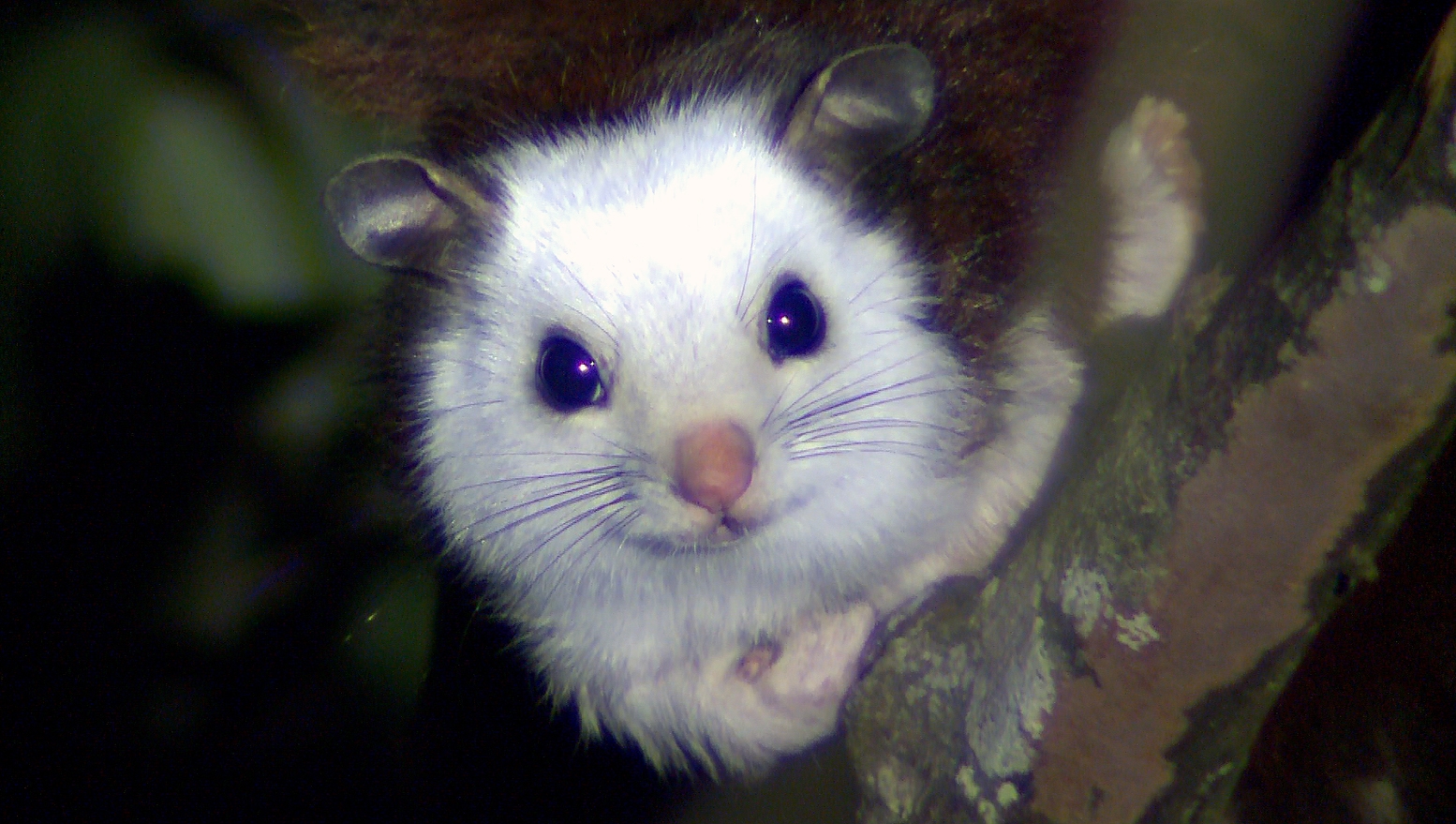
In summer, it should be thin, in winter or before and after the litter should be padded thicker, and keep the mat grass dry, so suitable for the growth and reproduction of squirrels. In summer, high temperature and poor ventilation in the rearing room are the causes of death, and fleas multiply in large quantities, so squirrels can’t rest day and night, and their resistance to disease is lowered, which can also cause death. In winter, as long as the temperature of the feeding room is kept above 10℃, squirrels can safely overwinter.
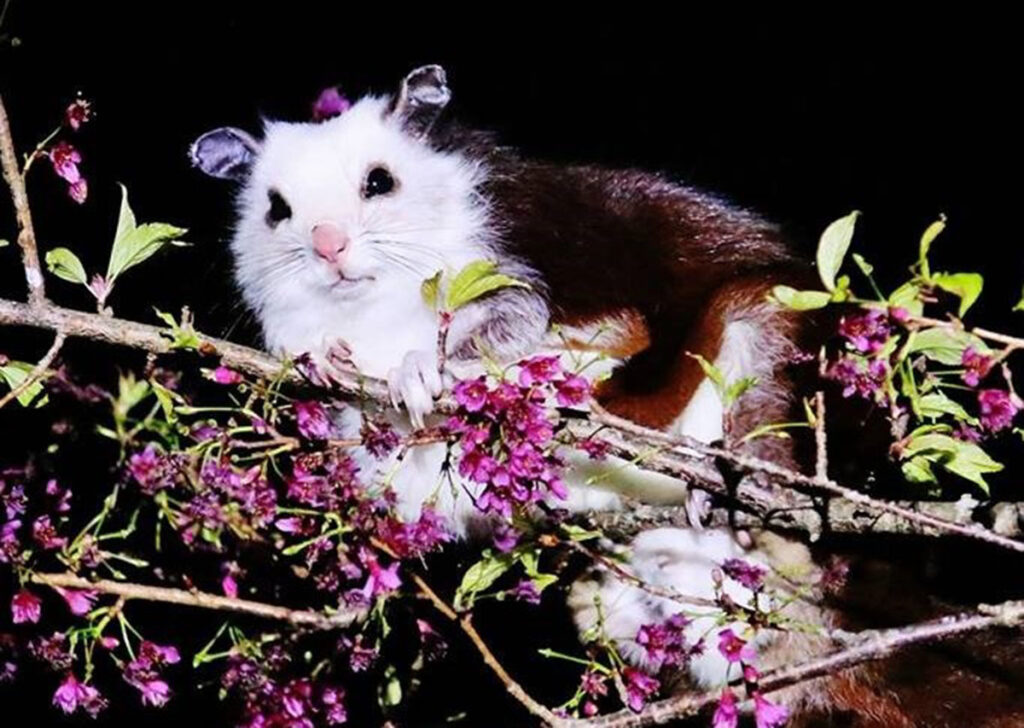
Squirrels have the same habit of “foraging for food for thousands of miles and defecating in one place”, and their feces are usually excreted on the higher fecal plate. In the summer, it is important to collect the feces diligently to keep the house clean. In winter, it can be collected once after the winter, which is conducive to the formation of better-quality resin blocks.
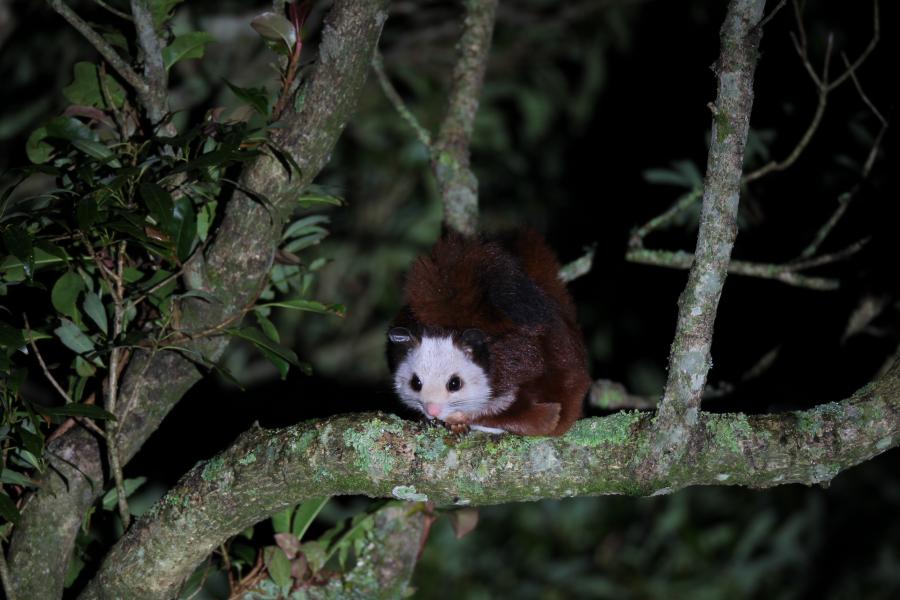
The density of the group of domestic squirrels should be appropriately sparse, too dense to bump into each other, compete for food and fight and prone to biting and falling and other phenomena, resulting in losses. The feeding room should not be too large, in order to facilitate management.